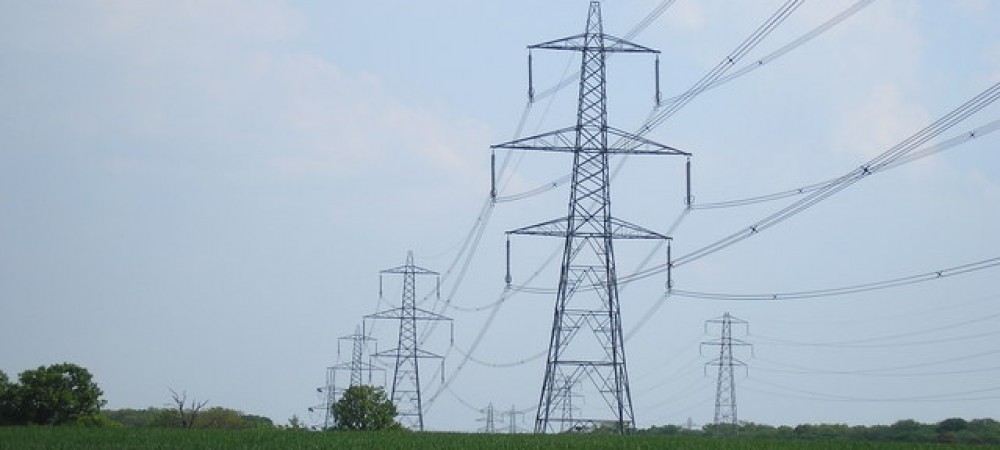Washington Times ran an article suggesting that North Korea has already achieved the capability of launching an EMP attack on the US:
North Korea now has an intercontinental ballistic missile (ICBM) capable of delivering a nuclear weapon to the United States, as demonstrated by their successful launch and orbiting of a satellite on Dec. 12. Certain poorly informed pundits among the chattering classes reassure us that North Korea is still years away from being able to miniaturize warheads for missile delivery, and from developing sufficiently accurate missiles to pose a serious nuclear threat to the United States. Philip Yun, director of San Francisco’s Ploughshares Fund, a nuclear disarmament group, reportedly said, “The real threat from the launch was an overreaction that would lead to more defense spending on unnecessary systems. The sky is not falling. We shouldn’t be panicked.”
In fact, North Korea is a mortal nuclear threat to the United States— right now.
North Korea has already successfully tested and developed nuclear weapons. It has also already miniaturized nuclear weapons for ballistic missile delivery and has armed missiles with nuclear warheads. In 2011, the director of the Defense Intelligence Agency, Lt. General Ronald Burgess, testified to the Senate Armed Services Committee that North Korea has weaponized its nuclear devices into warheads for ballistic missiles.
North Korea has labored for years and starved its people so it could develop an intercontinental missile capable of reaching the United States. Why? Because they have a special kind of nuclear weapon that could destroy the United States with a single blow.
In summer 2004, a delegation of Russian generals warned the Congressional Electromagnetic Pulse (EMP) Commission that secrets had leaked to North Korea for a decisive new nuclear weapon — a Super-EMP warhead.
Any nuclear weapon detonated above an altitude of 30 kilometers will generate an electromagnetic pulse that will destroy electronics and could collapse the electric power grid and other critical infrastructures — communications, transportation, banking and finance, food and water — that sustain modern civilization and the lives of 300 million Americans. All could be destroyed by a single nuclear weapon making an EMP attack.
A Super-EMP attack on the United States would cause much more and much deeper damage than a primitive nuclear weapon, and so would increase confidence that the catastrophic consequences will be irreversible. Such an attack would inflict maximum damage and be optimum for realizing a world without America.
Both North Korean nuclear tests look suspiciously like a Super-EMP weapon. A Super-EMP warhead would have a low yield, like the North Korean device, because it is not designed to create a big explosion, but to convert its energy into gamma rays, that generate the EMP effect. Reportedly South Korean military intelligence concluded, independent of the EMP Commission, that Russian scientists are in North Korea helping develop a Super-EMP warhead. In 2012, a military commentator for the People’s Republic of China stated that North Korea has Super-EMP nuclear warheads.
A Super-EMP warhead would not weigh much, and could probably be delivered by North Korea’s ICBM. The missile does not have to be accurate, as the EMP field is so large that detonating anywhere over the United States would have catastrophic consequences. The warhead does not even need a re-entry vehicle, as an EMP attack entails detonating the warhead at high-altitude, above the atmosphere.
So, as of Dec. 12, North Korea’s successful orbit of a satellite demonstrates its ability to make an EMP attack against the United States — right now.
The Congressional EMP Commission estimates that, given the nation’s current unpreparedness, within one year of an EMP attack, two-thirds of the U.S. population — 200 million Americans — would probably perish from starvation, disease and societal collapse.
Thus, North Korea now has an Assured Destruction capability against the United States. The consequences of this development are so extremely grave that U.S. and global security have, in effect, gone over the “strategic cliff” into free-fall. Where we will land, into what kind of future, is as yet unknown.
Nevertheless, some very bad developments are foreseeable. Iran will certainly be inspired by North Korea’s example to persist in the development of its own nuclear weapon and ICBM programs to pose a mortal threat to the United States. Indeed, North Korea and Iran have been collaborating all along.
If North Korea and Iran both acquire the capability to threaten America with EMP genocide, this will destroy the foundations of the existing world order, which has since 1945 halted the cycle of world wars and sustained the global advancement of freedom. North Korea and Iran being armed with Assured Destruction capability changes the whole strategic calculus of risk for the United States in upholding its superpower role, and will erode the confidence of U.S. allies — perhaps to the point where they will need to develop their own nuclear weapons.
Most alarming, we are fast moving to a place where, for the first time in history, failed little states like North Korea and Iran, that cannot even feed their own people, will have power in their hands to blackmail or destroy the largest and most successful societies on Earth. North Korea and Iran perceive themselves to be at war with the United States, and are desperate, highly unpredictable characters. When the mob is at the gates of their dictators, will they want to take America with them down into darkness?
